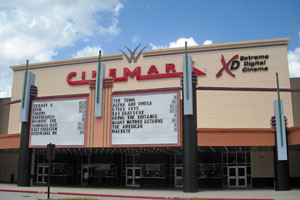The occasion was the quarterly All Hands business meeting of McKesson, a large pharmaceutical distribution company. “All Hands” is big-company speak for getting everyone with the company together to share an update on company results and future plans, to celebrate successes, etc. A well-executed All Hands offers benefits that extend long after the event, by serving to accelerate collaboration within and between departments. People who may not know each other, but need to work together receive a collaboration catalyst – they are united by a common understanding of the ‘big picture’,
All these benefits are realized ONLY if the All Hands meeting is well-executed. A poorly executed meeting might still produce a common way of thinking, but not one the company desires.
As a result, some companies have just stopped having this kind of event. However, many progressive companies are continuing All Hands meetings but have modernized them to take advantage of virtual meeting technology. In what’s become known as a ‘hybrid’ meeting, some congregate in the major facilities; others participate in the event online. Meeting planners organize the in-person experiences and partner with collaboration providers like PGi to broadcast the event. Think “live studio audience” plus remote locations and folks ‘watching at home’.
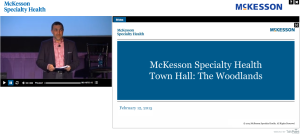 The All Hands I attended was just this type of hybrid meeting. 300+ people were to gather in the movie theater to experience the event ‘live’; other groups were to assemble in Memphis, Scottsdale, Ft. Worth, and La Vergne, TN., to watch the broadcast. The rest would watch online. So it was a pretty complicated meeting to plan, but enormously less expensive than if everyone was required to travel to Texas to participate.
The All Hands I attended was just this type of hybrid meeting. 300+ people were to gather in the movie theater to experience the event ‘live’; other groups were to assemble in Memphis, Scottsdale, Ft. Worth, and La Vergne, TN., to watch the broadcast. The rest would watch online. So it was a pretty complicated meeting to plan, but enormously less expensive than if everyone was required to travel to Texas to participate.
PGi facilitates 100’s of webcasts each year, but many of them involve showing slides with a voiceover (no live video). That type of basic webcast is replacing the classic ‘audio-only’ call because they’re more engaging but often much less expensive. ‘Hybrid’ events require a lot more coordination: between the onsite meeting planners and the webcast production crew, but they really amplify the reach and impact of major onsite events.
More and more people kept rolling in to do their part. Around 5:30, a sharp, professionally dressed woman arrived, cup of coffee in hand, ready for action. Turned out she was Mary McAfee, the Meeting Planner from McKesson, who was responsible for the onsite part of the event. She introduced herself to the large motley crew which had assembled by this time. She noticed she was the only one drinking coffee, so we HAD to make an immediate run to Starbucks.
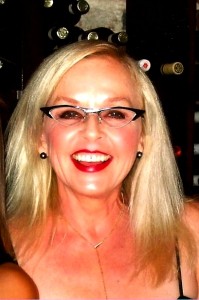
What I came to realize was she was exhibiting the best practices of project management (without pen and paper, let alone MS Project). She was identifying the critical path item and making that the top priority. She was showing the members of the team that they could bring her issues without fear of a shouting match resulting. She was seeking the trust and respect of the team.
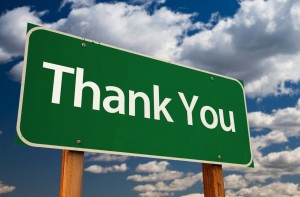 The best reward for people is often a simple ‘Thank You’ – use them liberally!
The best reward for people is often a simple ‘Thank You’ – use them liberally!This had the remarkable effect of making Mary the hub of the wheel of all of the activity. Without her explicitly requesting anything, people began to voluntarily bring her status updates about things they had accomplished or what issues that had arisen. She had won their trust.
 Leaders in small, ad-hoc teams must become experts in growing Personal Authority.
Leaders in small, ad-hoc teams must become experts in growing Personal Authority.In small, ad-hoc team environments like at the theatre, positional authority holds no sway because the team is only in place for that one day. Building and using Personal Authority is the only real tool available to the leader. Personal Authority is the art of getting people to do what you want them to do, when you don’t have positional authority. Mary demonstrated this masterfully. Without her announcing herself as the ‘leader’, it was clear by mid-morning to all that she was running the show.
Our team was formed from sourcing conversations before the event. We stormed (“Who are you?”; “What are you responsible for?”) as people arrived and we ate breakfast. We normed, as everyone acquired a shared understanding of the needs of the day and the logistics of the venue. And finally around 9:30, we really started performing, when the lead person responsible for the theatre’s A/V system finally arrived. Many had been awaiting specific technical details which were now made available.
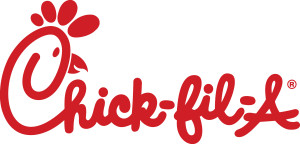 Don’t be derailed by little bumps in the road.
Don’t be derailed by little bumps in the road. It’s human nature to try to figure out why something went wrong to assess blame, but since the small delay wasn’t really important, Olivia refocused our attentions back to what still needed to be done back at the theatre.
Mary tasked me to go buy that cord. So off I went, visiting Home Depot, Wal Mart, AND Lowe’s to get that much phone line (BTW, Home Depot was the most expensive; Wal Mart the cheapest.)
The problem ‘solved’, the team went on to finishing up other things. It turned out that the cord was long enough but the phone system still wouldn’t connect. Nicole never panicked but kept exploring options with the rest of the crew. She came up with an approach to test, and Voila!, it worked. All was ready to go!
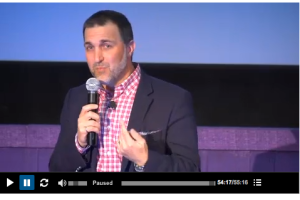
The onsite audience of over 300 arrived on time, popcorn and drinks were served, the speakers shared compelling information in an engaging manner, and great questions were asked during the Q&A (from the onsite and remote participants). The event was recorded, so people who missed the event can review the material, further extending the value of the event. The event was a big success!
 Technology can
Technology canmake magic possible, but m
anaging the human element is required to make it come alive.
decompressed with the meeting planners afterwards, who collectively have over 5 decades of experience. Their main message: EVERY meeting has something unexpected that happens (or not). The successful meeting will involve the coming together of people who don’t know each other, who need to meld as a team, overcome unexpected issues, and achieve a result in a very short period of time. Quite the challenge!
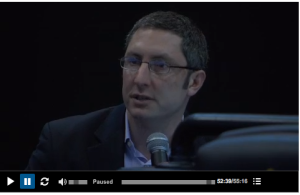
The 2 critical success factors I saw was a Meeting Planner skilled in the art of Personal Authority, and an experienced Production Lead, backed by an enterprise-quality webcast platform. Their jobs were made even easier by having a consummate professional and team player in their customer. Nathan Fisher, Director of Internal Communications for McKesson, and host of the event, was engaged the whole way, rolled with the punches, made his needs known clearly, and trusted the professionals to do their jobs. The end result – a great event!
